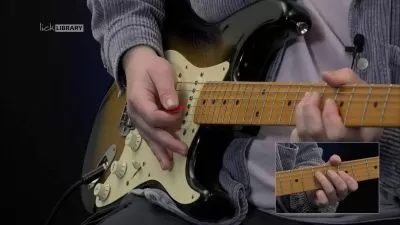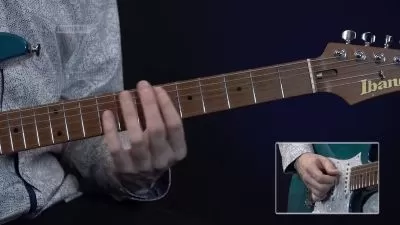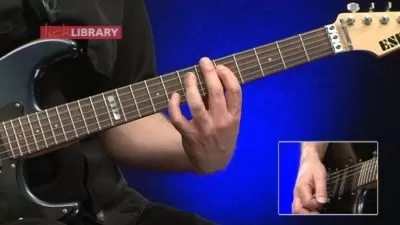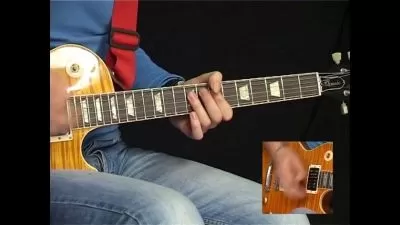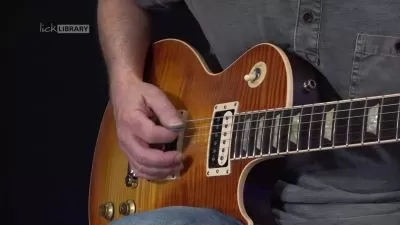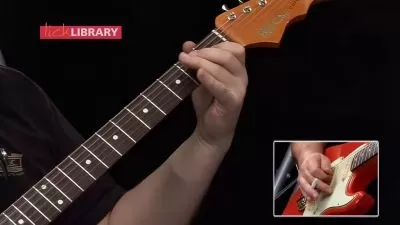About Blues GuitarLearn More
The Blues are perhaps the most influential music genre out there. Almost every form of modern popular music features elements of the blues chord progression and call-and-response format. Learning how to play this timeless style on the guitar is a great way to expand your repertoire.
Sort by:
Sorting
The newest
Most visited
Course time
Subtitle
Filtering
Frequently asked questions about Blues Guitar
Blues guitar is the widely popular style of guitar playing centered around the music of America’s Delta blues. However, blues guitar has breached nearly every other type of music from rock to metal to country, and its distinctive feel and “blue” notes make it an instantly emotive tool for musicians. The basis of blues guitar is the 12-bar blues form. This chord progression is the backbone of the genre, moving between 3 chords for 12 measures. Most blues guitar solos occur in the minor pentatonic scale, which consists of five notes per octave — however, blues adds in one “blue” note that gives it a distinct flavor. This note is the flat 5, which is not in the key of the scale but serves to add a dissonant, unmistakably bluesy attitude to the music.
Blues guitar is an easy style to start with for one important reason: the form is simple. With usually only three chords to a song, blues is easy to follow and provides a stable platform for improvisational growth. The main challenge with blues guitar is combining enough guitar riffs, or “licks,” with spontaneous creativity to play with feeling. Blues guitar is nothing without passion and soul, and part of the joy of learning blues is learning to harness and use these emotions as you play. Great blues guitarists are continuously learning and finding new ways to improve their playing. Most of what makes a blues guitarist great, though, is simply the amount of feeling they put into every note. By learning the fundamentals of blues guitar and practicing until it comes naturally, you will soon be able to inject plenty of soul into your playing.
Whether you’re playing solo blues or part of a group, blues sounds great on an acoustic guitar. Just ask Robert Johnson and Eric Clapton — the honest twang of steel-string acoustic blues guitar is as timeless as blues itself. If you’re playing solo blues, the key of E is especially powerful. This is because, in the key of E, you have two open strings at your disposal. Open strings are naturally more resonant than fretted notes, meaning you can incorporate these open strings into your playing and achieve stronger tones. Keep in mind that there are many different blues styles, from Delta to Chicago to Kansas City and beyond. Acoustic guitar gives you the flexibility to cover various styles. You’ll also be able to play blues by yourself and build a strong sense of rhythm that will carry through to electric blues guitar.















